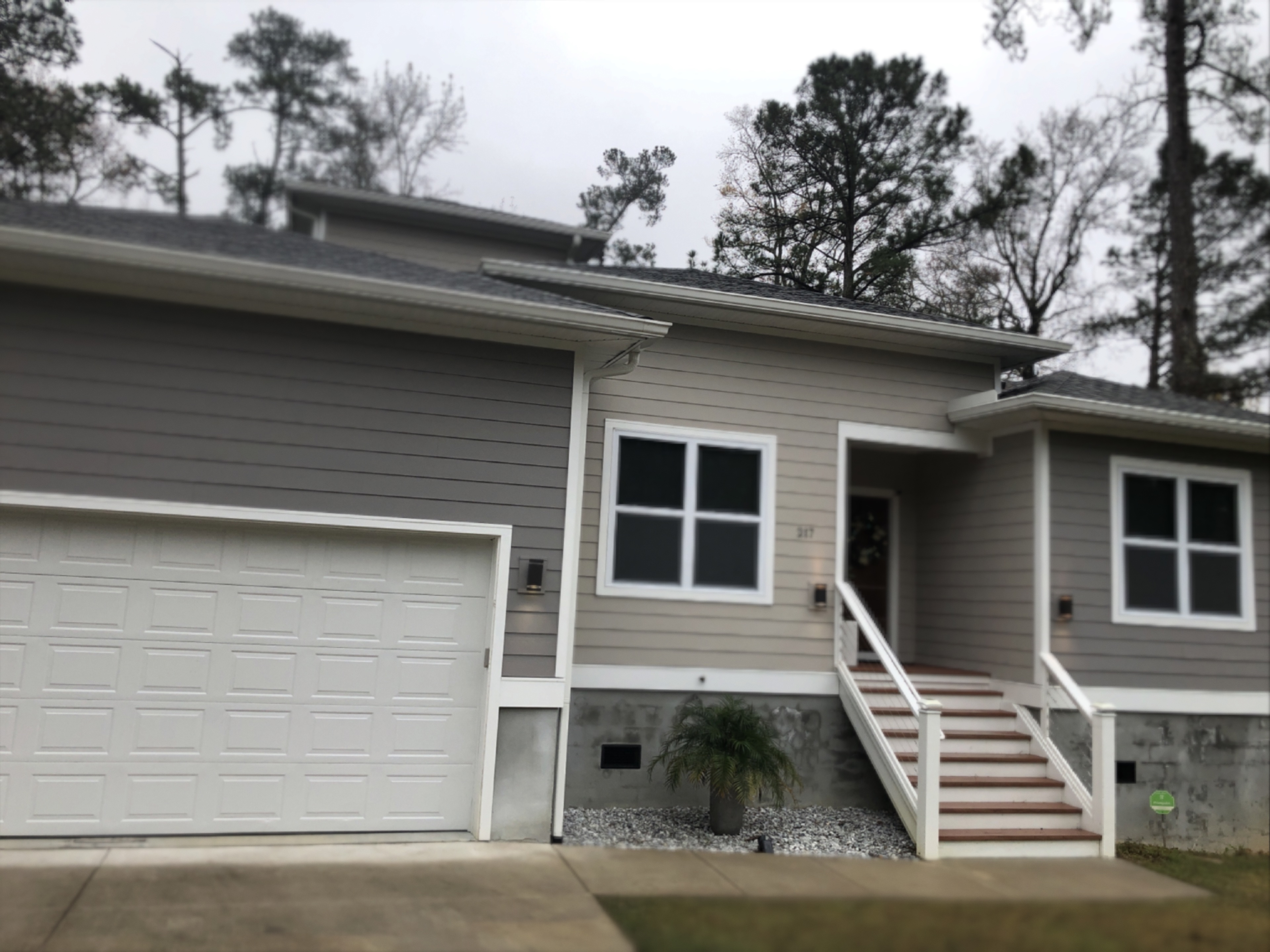
Myths About Universal Design
by Rosemarie Rossetti, Ph. D
Universal design is an exciting methodology that, when applied to vacation rentals, can empower every single guest to enjoy properties to the greatest extent possible — regardless of age, size, ability, or disability.
I have the great privilege to speak around the country about universal design housing. But, over the years, I’ve noticed several unhelpful myths have emerged about universal design that present unnecessary obstacles to its implementation.
This article serves to help debunk those myths, and to explain how universal design can help grow your business by attracting travelers of all abilities.
Myth 1: Universal design is just another name for handicap accessibility.
Reality: Accessibility is about compliance with regulations and building codes. Universal design is about creating environments that give people flexibility, choices, and options in how they use those environments. Accessibility is often a starting point for universal design, which goes beyond access to empower people.
Myth #2: A home using universal design looks ugly and institutional and stereotypes the home so people know it was designed for a person with a disability.
Reality: The beauty of a universal designed home depends on the skill and experience of the designers. Well-designed homes with universal design features and products enhance the beauty of a home while making it functional for people with disabilities, as well as convenient for people without disabilities. Universal design is for everyone, not just people with disabilities. There are many beautiful noninstitutional-looking universal design products, such as colored vinyl, bronze, satin nickel, and polished brass grab bars, in the marketplace. Much of a home’s beauty comes from the finishes of the plumbing fixtures, appliances, hardware, cabinets, countertops, wall treatment, and flooring. Experienced and knowledgeable designers can find universal design products available in these beautiful finishes.
Myth #3: Universal design costs more due to the building design and products with universal design features, such as windows, appliances, and plumbing fixtures.
Reality: My experience building my own home, the Universal Design Living Laboratory, the national demonstration home and garden in Columbus, OH, has shown that there are many choices when it comes to selecting products for the home. Those with universal design features are not more expensive as a general rule, though early adopters have paid the price of being ahead of the current wave of appliance price reduction that occurs with more acceptance of universal design features. In fact, by adding design features and products that support universal design, the home will have more value to the occupants because it will be more usable for a lifetime.
Myth #4: The resale value of the home will be less due to limiting the number of buyers who would be interested in those universal design features.
Reality: Quite the opposite is true. Universal design is for a large market of people of all ages and abilities. Universal design is human-centered design. The inclusive design of spaces and products benefits people of all ages, with or without physical or mental limitations. No one can predict when a short-term or long-term disability will be a part of their lives. It is far better to plan for homes to accommodate us as we age rather than to be forced out of our homes when circumstances change. As the US population gets older, especially the baby boomers, they will be remaining in their homes longer. Many are opting to renovate their homes, and others are choosing additions to help them age in their homes. Some are purchasing new homes smaller than their last home. Even families with young children find universal design houses more convenient. They are all looking for features that provide safety and convenience of style for raising a family or aging in their homes. Universal design features provide for safety and add value to a home.
Myth #5: Universal design takes more square footage.
Reality: Space planning is critical in home design, especially when the homeowner uses a wheelchair. As a person who uses a wheelchair, I am very cognizant of where extra space is needed and how to be conservative with space planning when creating a floor plan. By creating an open plan with fewer hallways, square footage can be conserved. By putting adequate space in the kitchen and bathrooms, there will be a lot more accessibility, comfort, and convenience. A universal design home doesn’t need additional square footage but rather needs adequate room for a person to navigate the home from a wheelchair. Multiple uses of a space and overlap of their clear floor spaces allow relatively small rooms to include the necessary larger clear floor spaces.
Myth #6: The builder and their subcontractors are used to doing it their way and will not follow my design properly to include universal design features. It’s too hard to change their building process.
Reality: Builders are becoming certified through the National Association of Home Builders in the Certified Aging-in-Place Specialist program and are learning how to implement universal design principles. Builders must insist that their subcontractors read the plans and follow the procedures for building and remodeling homes. As products are ordered by the builder, the universal design features are already a part of the design. As builders construct more homes with universal design features, universal design will become the new standard in the building industry as better living design.
Myth #7: A home containing universal design features will be harder to pass a building code inspection.
Reality: By the very nature and definition of universal design, there are no practices that go against federal and state building codes. There are usually provisions for local variances should a question arise in the plan review stage.
Myth #8: Universal design homes have ramps at the front door causing the home to be labeled as a home for a person with a disability.
Reality: For existing homes, in order to create a no-step entrance, sometimes a ramp at the front door is the only solution; in others, modifying the grade around the home may be the best solution. All new properties and most existing homes can be designed with a no-step entrance. Also, ramps in the garage, side door, or rear door are usually not visible from the street.
Myth #9: Universal design is restricted to building a ranch style home.
Reality: First-floor living is the goal for universal design; however, multilevel homes can also be constructed with provisions for access to the upper and lower floors by way of elevators, platform lifts, and stair lifts.







Comments (0)
Be the first to comment on this post!
Post a Comment